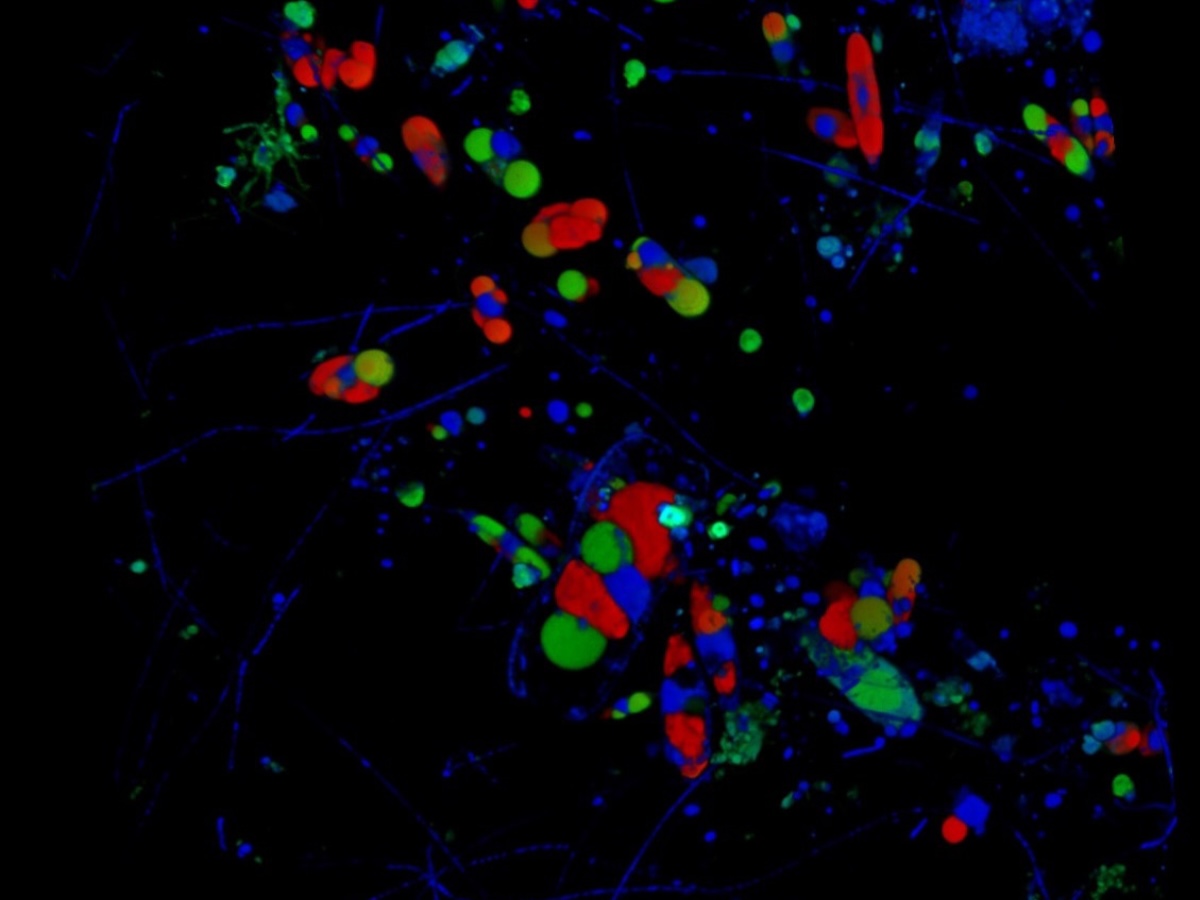
PLASTI-CAT
The marine PLASTIsphere: from single Cell Activity To ecosystem impact
Plastic debris is produced at an impressive rate and it reaches every environment and site on Earth. When it enters the sea, it undergoes physical, chemical and biological transformations, reducing in size, releasing additives, and thoroughly transforming itself. Biological transformation is actuated by large organisms through fragmentation, ingestion, entrapment, but also by microorganisms which colonize the items. Indeed, plastics represent a new habitat, harboring a rich community of primary and secondary producers and consumers, also contributing to biogeochemical cycles. Bacteria and unicellular algae (mainly diatoms) are the first and persistent colonizers, forming specific communities different than their free-living counterparts. As these communities show signs of active division and functioning, it is evident that they are not only passively transported, but also actively thrive and are subject to substrate, biogeography, seasonality and abiotic and biotic factors. While previous studies have concentrated on plastisphere biodiversity and community composition, much fewer studies report of metabolic activities through enzymatic assays and/or RNA sequencing. This project aims at filling this gap by assessing metabolic potential of the microbial plastisphere in two coastal areas of the Mediterranean Sea in terms of community composition and functional diversity. First, assays commonly used for free-living microbes will be applied and optimized to estimate functional rates of the plastisphere during in situ incubations sampled at different times and seasons using 4 different polymers. Second, plastic pieces retrieved at sea by hyponeuston manta net will also be analyzed, with the hypothesis that diversity of communities and their functioning reflect the time of residency in the water. These plastic items will also be used to isolate bacterial strains with the potential of using plastics as carbon source. The comparison between incubation experiments and in situ collected items is expected to provide information about transformation rates and their origin, also based on circulation patterns of the two areas. This project aims at expanding actual knowledge of plastics as substrates of microorganisms by adding the functional aspect with an additional focus on potential biotechnological applications of isolated strains.
In the imagine below: Biofilm on plastics (the so-called plastisphere) where bacteria (blue dots and filaments) and diatoms (microalgae, larger and more complex structures with red and green coloration) can be observed.
Info

